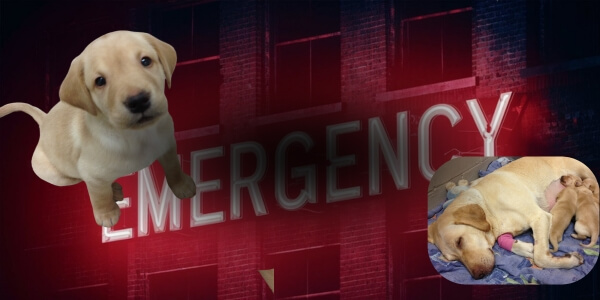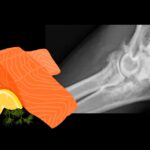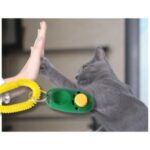
We won’t pay that. We’ll just take her home and shoot her.”
“No, I won’t let you do that. Sign her over to the clinic and I will do the surgery. We will keep her, and her puppies. What’s her name?”
“B.B. It stands for Bad Breed. She was never any good. Never produced a good litter. Not worth keeping. And watch out, she chases squirrels.”
With that, they signed the papers. The emergency clinic I worked for was now officially the proud owner of a 6 year old yellow Labrador Retriever that needed emergency surgery.
She had a pup stuck in her birth canal. I could see it, but I couldn’t pull it out, for fear that I would pull a leg off (yes, this was literally my fear). I didn’t know if it was alive, but I knew that if it was alive now, it wouldn’t be for long . None of them would be, unless we got her into surgery right away.
It was a scramble, in the night, with a skeleton crew, to safely put her under anesthesia and get her to the surgery table and get those pups out as quickly as possible.
I removed twelve yellow little puppies by cesarean section. I take them from an incision in the uterus one by one, as quickly as possible, dropping them into a waiting towel held by a helper. They work quickly on each one to clean and rub and revive. They know another will be coming out within a minute or two.
The pups are affected by every moment under the anesthesia needed for their mom, and she is bleeding from the incision in her uterus. We race against time because we know sometimes we lose the race. Survival is not assured.
I spayed the female, removing the entire uterus, in a simple, but not easy, procedure. Blood vessels to a pregnant uterus in a large breed dog are no joke. This is one of the highest risk surgeries that vets perform.
As I am tying off arteries as big around as my finger, my staff are busy working with each puppy, ensuring they are all breathing and moving.
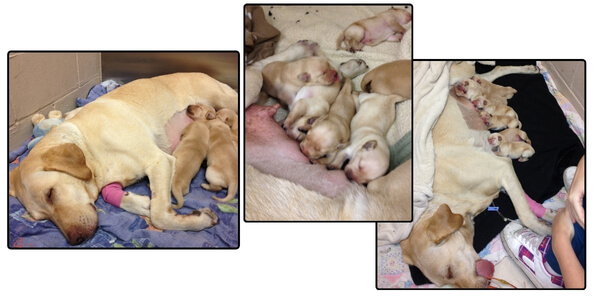
All pups and their dam made it through surgery. Now all I needed to do was explain to my employers that the clinic now owned 13 dogs, in fact.
To their credit, they accepted it well 🤦♀️.
That’s the thing about vets. A vet will always get why I could never let the owners take her home like that. And why I would never have agreed to euthanize her.
But everyone at that clinic will agree, it was a long, hard 8 weeks until the pups could go to homes. The female developed mastitis; a life-threatening infection of the mammary glands. I was so worried we would lose her, that I even brought in cabbage leaves to press against the infected glands, an old traditional treatment. The staff gave me sideways looks, but I did it anyway!
She pulled through, and the pups went to good homes.
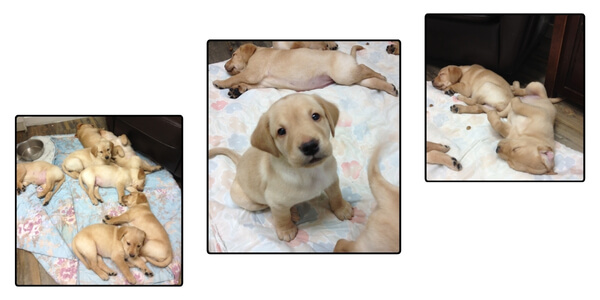
The Lab stayed on at the clinic. She went to a couple of homes, but always returned. She had separation anxiety and would get so upset at being placed in a kennel by herself that she would lose her mind.
So she became a clinic dog for a while. Not an ideal life for a dog, but better than most of the alternatives.
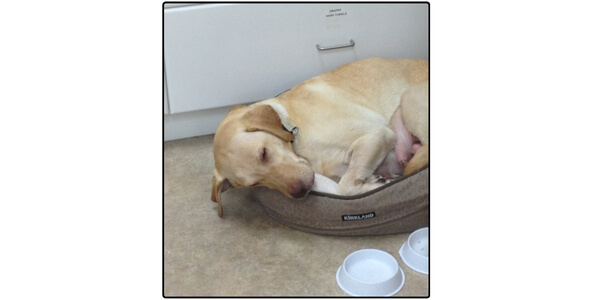
When you marry a vet, you have to be prepared for a life full of animals.
But I was moving on. We were leaving our hometown for a 5 acre farm on Vancouver Island, on the west coast of Canada. We were due to leave in two days when I told my husband I’d like to bring her with us. To his credit, he took it well!
We called her Sophie. She became the best friend to my two little boys. And my most loyal and constant companion. It’s like she knew and remembered what we went through together that night, and she repaid the kindness with 6 years of devotion. Our only regret was that we didn’t have her for her first 6 years.
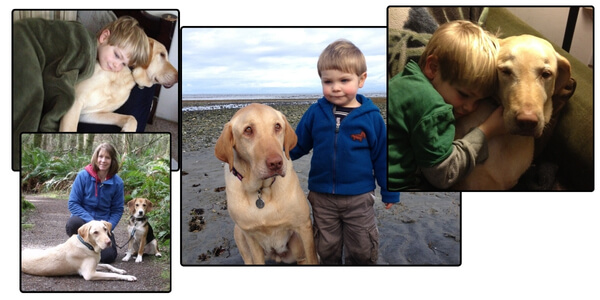
We loved her through eating a few of our ducks and chickens, whole birthday cakes, food from the chicken coop, rotting turkey guts…
Who are we kidding, she was a Lab- she ate everything!
She even tried to eat a dead jellyfish on the beach! She vomited 10 times in five minutes, shook off whatever toxin it was, and was right as rain. She never ate another jellyfish though!
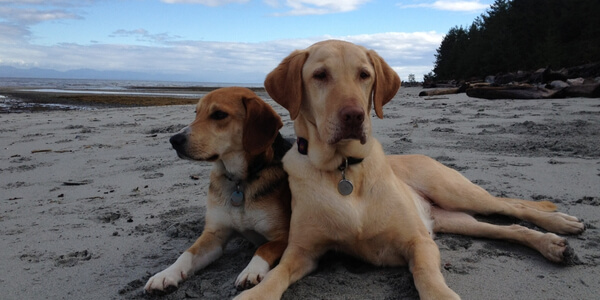
We loved her through separation anxiety, skin allergies requiring endless medications, arthritis, and finally, laryngeal paralysis ( progressive dysfunction of the larynx, leading to difficulty breathing).
We adored her for 6 fun-filled years. Even now, 5 years after she passed away, I write this with tears in my eyes.
That is the true “behind the scenes” of veterinary medicine.
“Love is the treasure, unexpected, undeniable, and true. It’s the smile you didn’t know you were waiting for.”
Kamand Kojouri (Poet and Author)
